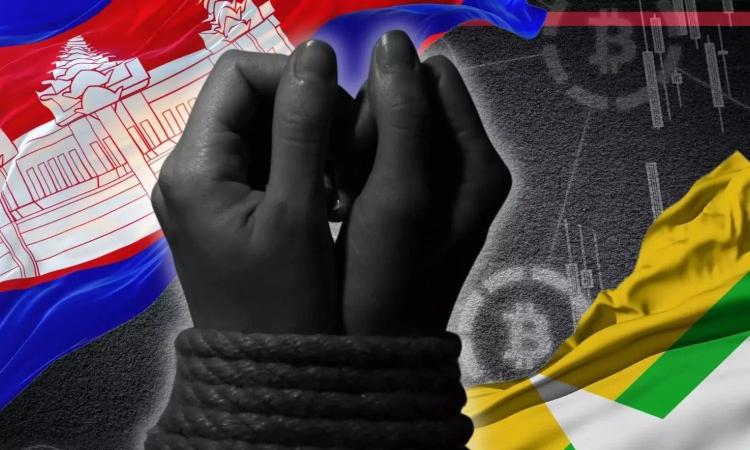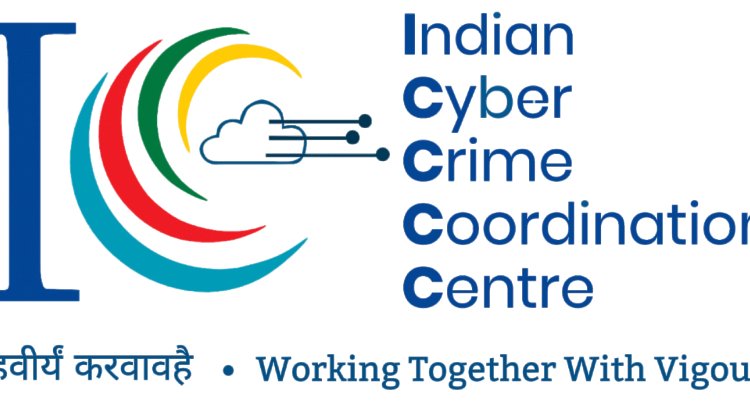Online CrimeSuspected Cyberslavery: 30,000 Indians Missing in Thailand, Myanmar, and Cambodia
Official data has revealed a concerning trend: 30,000 approx Indians who went to Southeast Asia on visitor visas between January 2022 and May 2024—more precisely, to Cambodia, Thailand, Myanmar, and Vietnam—did not return.

Official data has revealed a concerning trend: 29,466 Indians who went to Southeast Asia on visitor visas between January 2022 and May 2024—more precisely, to Cambodia, Thailand, Myanmar, and Vietnam—did not return.
Males make up the majority of instances, and most of these people are between the ages of 20 and 39 (21, 182). It is disturbing to see that more over one-third of the missing people are from just three states: Tamil Nadu, Maharashtra, and Punjab.
The focus of this dilemma is Thailand specifically, as the nation alone is responsible for over 69 percent of the disappearances—20,450 people in
The Reserve Bank of India (RBI), the Ministry of Electronics and Information Technology (MeitY), and the MHA are among the members of a high-level, interministerial task force that the Indian government established in response to the issue.
In order to find the missing people and stop additional exploitation, the task force has been assigned to carry out ground-level verifications throughout states. In order to better identify and stop such operations, authorities are also investigating ways to improve the systems in India's banking, telecom, and immigration industries.
Airports and States Most Affected
According to the state-level breakdown of missing persons, in addition to Punjab, Maharashtra, and Tamil Nadu, there are also notable numbers of unaccounted-for residents in Uttar Pradesh (2,946), Kerala (2,659), and Delhi (2,140). Hundreds of residents have also vanished from other states, such as Gujarat, Haryana, Karnataka, Telangana, and Rajasthan.
With 12,493 people departing from the capital's airport, Delhi's Indira Gandhi International Airport is clearly the main departure location. Significant numbers of people have also left the country without coming back, notably in other large centers like Kochi (2,296), Kolkata (2,395), and Mumbai (4,699).
An Increasing Risk of "Cyber Slavery"
Southeast Asia's missing Indian problem has sparked serious worries over what has been called "cyber slavery." There have been rumors that thousands of Indians are being coerced into engaging in cybercrime, mostly online fraud.
According to reports, victims are forced into engaging in fraudulent activities, such as endorsing phony cryptocurrency schemes, after being promised data entry positions or other respectable employment.
Southeast Asian cybercrimes have sharply increased since early 2023, according to the Indian Cyber Crime Coordination Centre (I4C). An estimated 45% of cybercrimes that target Indian citizens are thought to originate in this area.
Approximately 100,000 cybercrime complaints have been made in the past, according to data gathered from the National Cyber Crime Reporting Portal.
Task Force Finds Important Gaps
The interministerial commission looking into this matter has found a number of weaknesses in India's current framework that have made it possible for these crimes to proliferate. These include flaws in the banking, telecommunications, and immigration processes that have unintentionally made it easier for Indian nationals to be exploited overseas.
The Bureau of Immigration has been directed to establish mechanisms that will help identify individuals who may be at risk before they leave the country. Additionally, the Ministry of Civil Aviation is working on measures to curb the outflow of individuals at risk of being trafficked or coerced into illegal activities.
In recent meetings, government officials have emphasized the need for robust systems to prevent such cases in the future. Security agencies such as the National Investigation Agency (NIA) and the Central
Survivors Talk About Their Horrible Experiences
Some of those who managed to flee these criminal activities have described their harrowing stories. One survivor described how he was led to Cambodia with the false promise of a data entry job, only to have his passport confiscated upon arrival.
"We were told we'd be working in data entry, but instead we were pushed to trick people into investing in fraudulent cryptocurrency platforms. "If we refused, we were threatened or beaten," he stated.
These testimonials have shone light on the grim realities of human trafficking and cybercrime networks operating in Southeast Asia, prompting requests for more efforts to address the underlying causes of these crimes and provide more assistance to victims.
Calls for increased international cooperation.
As investigations continue, the Indian government is advising prudence among individuals looking for work abroad, particularly in Southeast Asia. Authorities are urging greater cooperation between India and its Southeast Asian counterparts to destroy these criminal networks and prevent further victimization.
The growing trend of 'virtual slavery' and the exploitation of Indian nationals has emphasized the need for greater preventive measures, both domestically and internationally, to safeguard vulnerable individuals from falling victim to these unethical activities.
Follow cyberdeepakyadav.com on
Facebook, Twitter, LinkedIn, Instagram and YouTube
What's Your Reaction?























